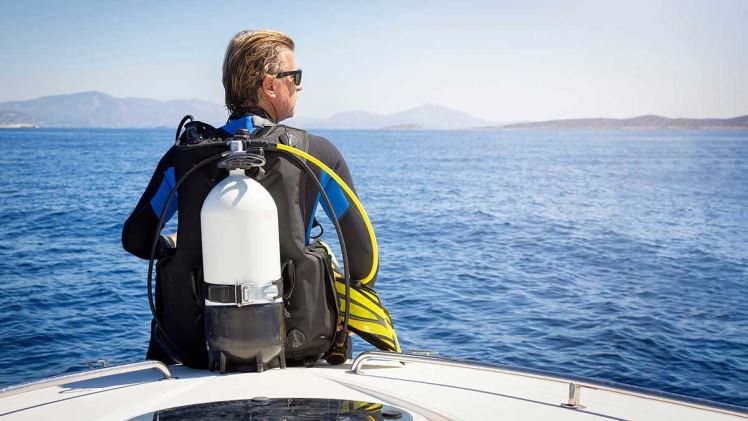Dive BCDs: Balancing Comfort with Safety below the Waves

Safety and comfort are paramount when it comes to scuba diving. Buoyancy Control devices, more commonly known as BCDs, are a key piece of equipment used by divers. This article delved into the worlds of diving BCDs. The importance, types, features, and how they ensure a safe and fun diving experience are explored.
A Diving BCD’s Significance
The Buoyancy Control Device can be used to help divers control their buoyancy underwater. BCDs fulfil several essential functions:
- Buoyancy Control: BCDs provide divers with the ability to control their buoyancy. By adjusting the air pressure in the BCDs, divers can effortlessly maintain the desired depth.
- Safety: BCDs serve as emergency buoyancy devices in rapid ascents or when ascending toward the surface. These devices are essential for preventing injuries such as decompression sickness and barotrauma.
- Comfort: Diving BCDs offer comfort and convenience, as they have pockets for accessories and D-rings for attaching equipment.
- Surface Aid: Using a BCD to keep afloat is essential for saving energy and staying afloat while waiting for pick-up or for signaling assistance in an emergency.
Types of Diving BCDs
There are different types of dive BCD, each with its features and benefits. Here are a few of the most common types.
- Jacket-Style BCDs: BCDs are designed to look like traditional jackets or vests. These BCDs have become very popular among recreational divers. They offer good stability and comfort both underwater and at the top. BCDs that are jacket-styled can be worn in a wide range of conditions.
- Back-Inflation BCDs: Back-inflation BCDs were designed for advanced diving. The location of the inflatable reservoir is at the rear. This design offers a slimmer profile under water, reduces drag while providing excellent buoyancy. The technical and experienced diver prefers them.
- BCD Hybrids: These BCDs combine jacket-style and back-inflation BCDs. The jacket-style BCD offers the same comfort and stability as a back-inflation BCD. They come in a wide variety of sizes and can be worn by many types of divers.
- Wing BCDs: These BCDs, which are mainly used in technical dives, have a distinctive wing-shaped air bladder. This provides superior buoyancy. These BCDs were designed for technical divers who demand precise control, lift capacity and a challenging environment.
Features
Any diver will find that choosing the right BCD to dive in is a critical decision. Consider these features and factors:
- Fit and Comfort: A proper fit and comfort is crucial for comfort and security. BCDs have different sizes and designs to accommodate a range of body shapes. It is important to try on your BCD before purchasing it.
- Lift Capacity: Your BCD’s capacity to lift should match your requirements for buoyancy based on your weight and your equipment. Divers generally aim for lift capacities greater than their total body weight to provide adequate buoyancy.
- Weight Integration: Many BCDs allow you to ditch your weight belt. This can streamline your diving profile and improve comfort. Make sure that your BCD contains enough weight pockets.
- Material and Durability: BCDs may be exposed to saltwater or UV rays, and they are also subjected to daily wear and tear. Check the zippers, buckles, and stitching to make sure they are corrosion-resistant and robust.
Conclusion
Diving BCDs serve a variety of purposes, including safety, comfort, and the overall enjoyment of diving. BCDs offer a variety of benefits, including improved buoyancy control, streamlined underwater profiles, and convenient storage. The right BCD can make a difference in your diving experience, whether you’re a new diver or a seasoned pro. When you are ready to take on an underwater adventure, remember your Buoyancy Control Device.




